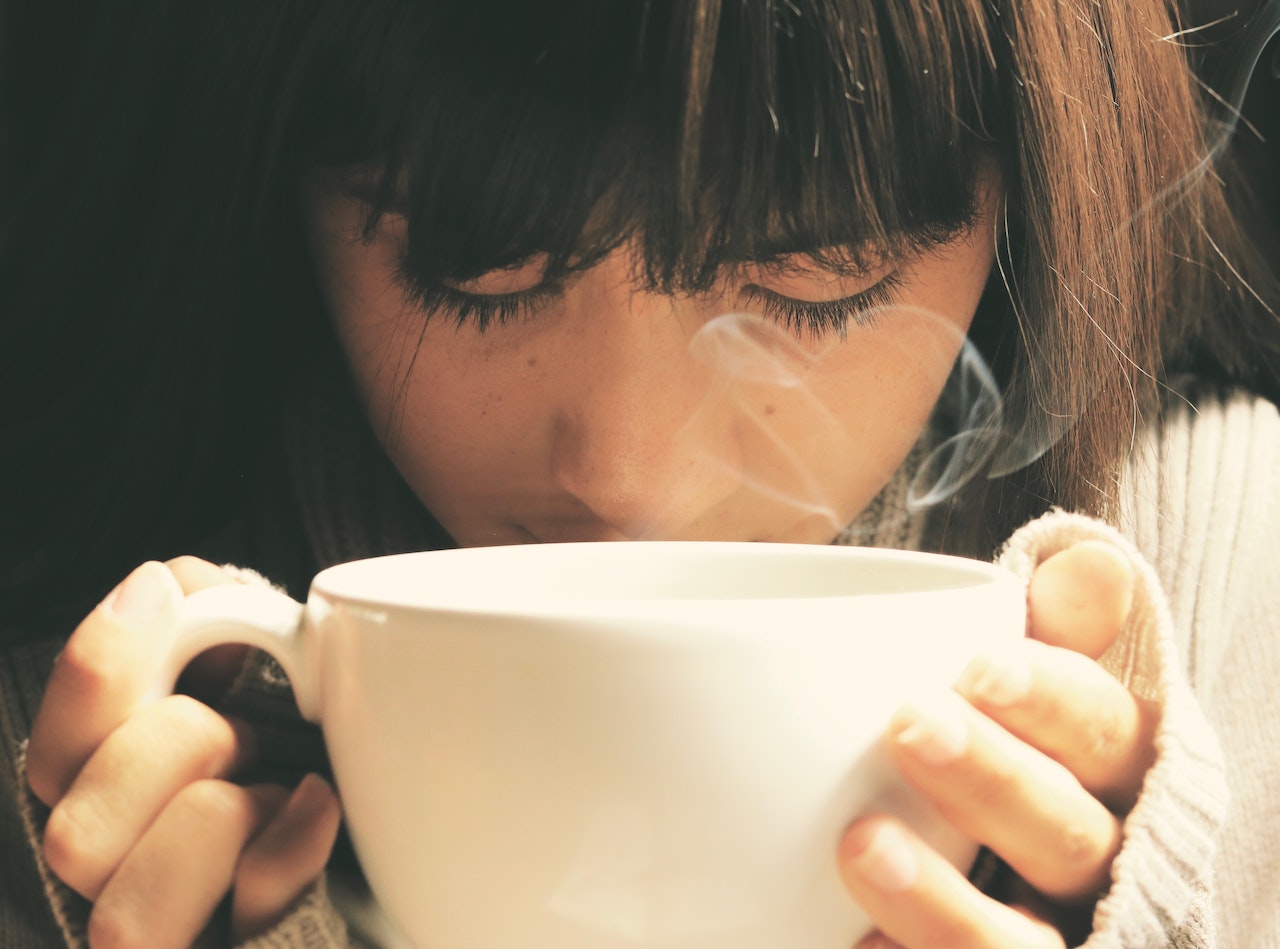
How much caffeine is in decaf tea?
People across the world are trying to avoid caffeine even in their tea seeking to remove the stimulant from the brew. Is it effective? TeaOrb clarifies it for you.
- Caffeine occurs naturally in tea. But coffee is still the richest source of caffeine
- Decaf tea is NOT caffeine free
- Switch to TeaOrb to avoid the high dose of caffeine in your daily beverage intake
Are you trying to avoid caffeine? Are you worried that there is caffeine in Assam tea? In this blog, we will attempt to clarify and address some of these concerns related to caffeine in Assam tea.
As you know, caffeine stimulates our central nervous system and is considered one of the most popular psychoactive drugs. Found abundantly in a variety of leaves, nuts, and fruits, especially in the tropical regions of the world, a heavy dosage of caffeine can cause headaches, irritability, and diarrhea. Coffee beans are usually considered the best source of caffeine but most teas also contain a significant number of these stimulants. Caffeine withdrawal has its own share of unpleasantness that slows down motor functions and even makes one lethargic.
While a small quantity is advisable for an adult as it induces alertness and acts as a mood enhancer, one cannot ignore the adverse effects of caffeine. For healthy adults, the USFDA has cited 400 milligrams a day—that's about four or five cups of coffee—as an amount not generally associated with dangerous, negative effects. “However, there is wide variation in both how sensitive people are to the effects of caffeine and how fast they metabolize it,” USFDA states in this article.
Some types of health conditions tend to make people more sensitive to caffeine’s effects. In addition, if you’re pregnant, trying to become pregnant, breastfeeding, or are concerned about another condition or medication, we recommend talking to your doctor. Although FDA has not set a level for children, the American Academy of Pediatrics discourages the consumption of caffeine and other stimulants by children and adolescents.
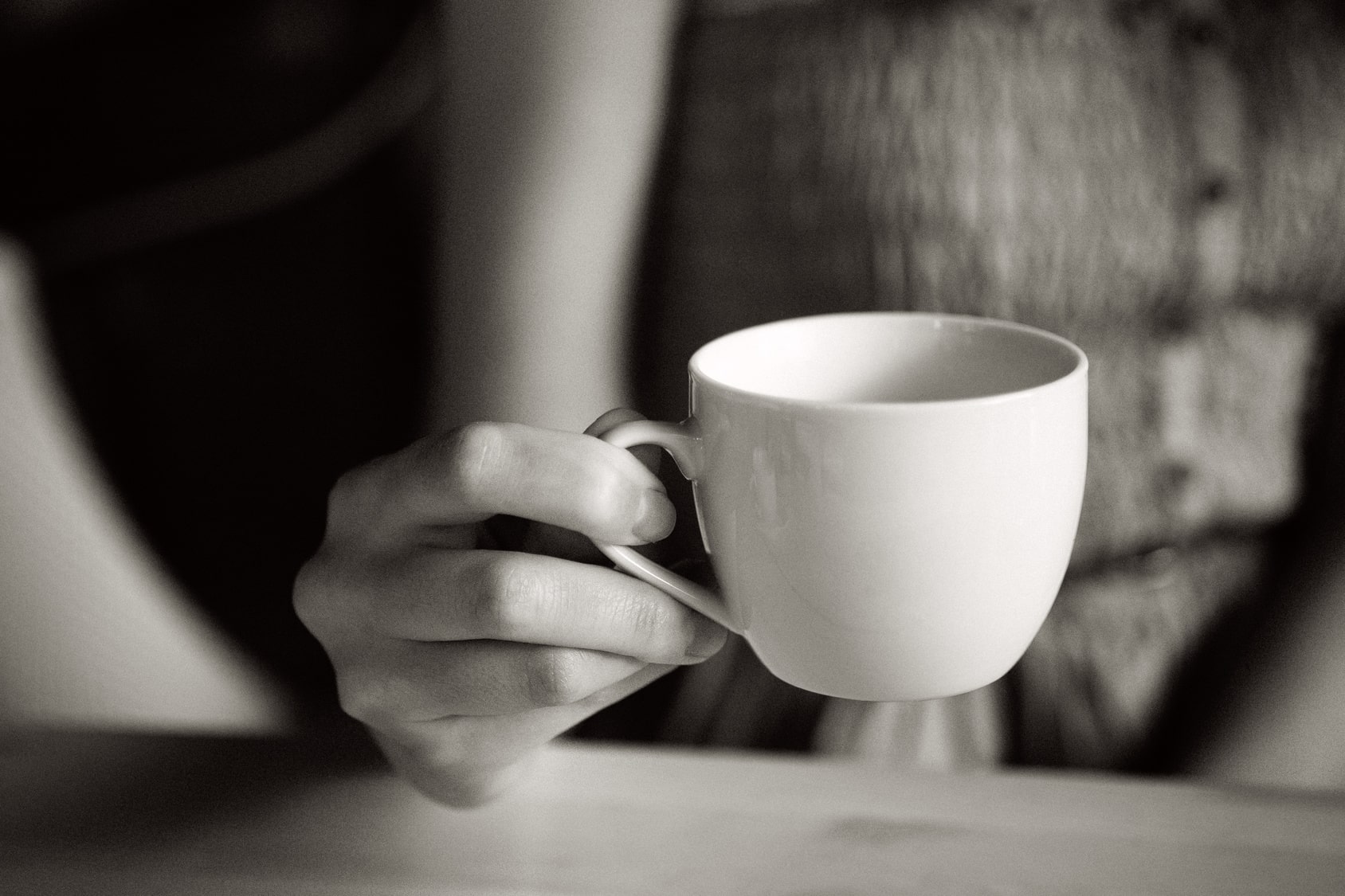
Early on, botanists found that caffeine occurs naturally in the leaves of the tea plant, Camellia sinensis. The amount of caffeine that is transferred from that leaf into your cup depends on many things: variety, age of leaf, manufacturing methods, steeping time, and the water temperature used during steeping.
There is more caffeine in young tea leaves than in mature leaves. A comprehensive study undertaken by the Taiwan Tea Research and Extension Station (TRES) discovered that the first leaf, which is nearest to the bud, carries nearly 40% more caffeine than the leaves away from the bud.
For such reasons, a lot of new manufacturers are selling decaffeinated teas across the world. However, at TeaOrb we believe that our patrons, especially those who have recently started consuming tea, should know our products well. Decaffeinated teas also contain caffeine.
Why we don’t sell decaf teas?
Decaffeinated tea is NOT caffeine-free. The decaffeination process leaves a significant amount of caffeine in the leaf. According to USFDA, tea labeled as “decaffeinated” must have less than 2.5 percent of its original caffeine level, which usually equates to less than two milligrams per cup. Even with various processes, only 60 to 80 percent of caffeine can be removed from tea leaves.
Decaffeination requires costly equipment and substantial amounts of energy, which typically makes it cost-ineffective to decaffeinate small batches of specialty teas. Additionally, you’ll rarely see a decaffeinated version of a limited-production premium tea. These products are already rather expensive and have limited market demand, so creating a more expensive decaffeinated version to offer an even smaller group of customers is both prohibitively expensive and energy-inefficient. Occasionally, tea gardens may even refuse to sell their tea if they know it will be decaffeinated, as they feel it will lower the quality.
On the negative side, many of the methods that produce decaf tea may contain unwanted chemicals. Most grocery store teas use methylene chloride or ethyl acetate methods to remove caffeine from teas. While these two methods are the most toxic, they are also the most affordable, which is why they are so widely used.
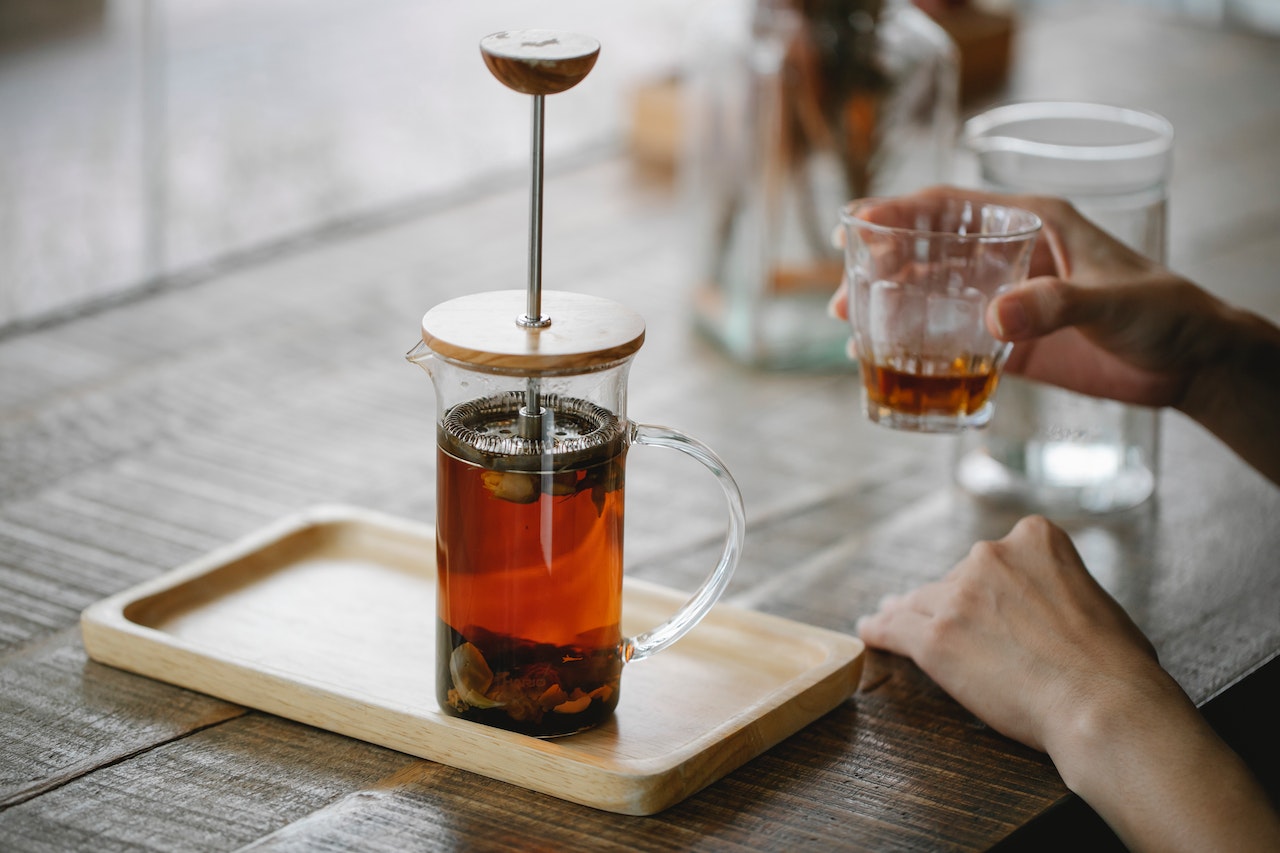
These methods also alter the flavor profile of teas leading to a less than satisfactory experience. Decaf teas also have a lower presence of antioxidants and polyphenols that deliver health benefits. This means there is the possibility that decaf tea may not be good for your health as caffeinated tea.
Many think that the majority of tea’s caffeine is released in the first 45 to 60 seconds of steeping, but new research released by tea technologist, Nigel Melican, has debunked this theory. The researchers assert that the quick decaffeination method at home does not work nearly as well as previously thought. His research suggests that on average only 20% of the caffeine content is removed using the quick decaffeination method, rather than the 80% previously purported.
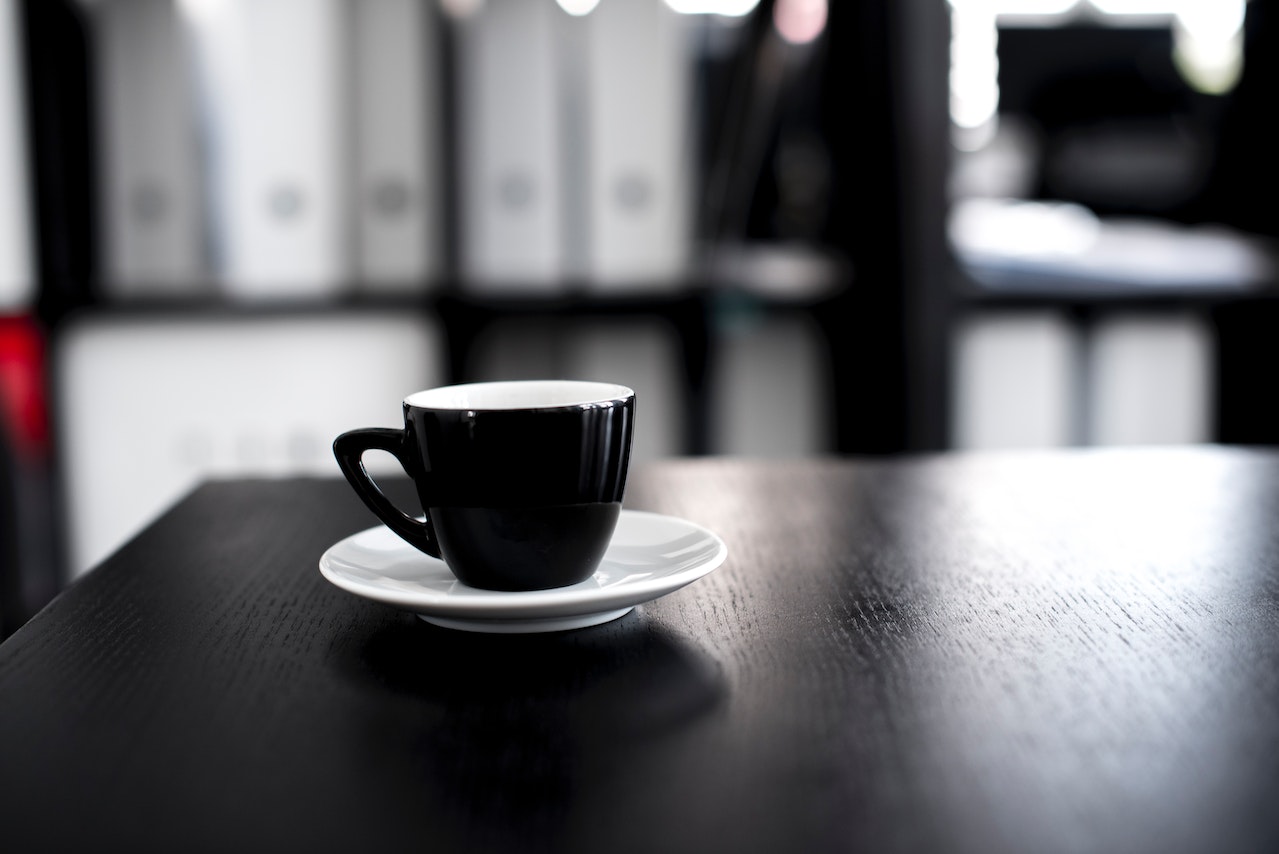
Switching from coffee to tea
We have noticed that a lot of our patrons began drinking tea in an effort to eliminate coffee from their diet. Tea can effectively satisfy that yearning for a daily hot beverage.
For customers who are switching from coffee to tea, we recommend trying our Assam Oolong teas. These dark-colored teas brew to the same color as coffee and have a similar taste. Many coffee lovers find these thicker, mellower brews to be the most akin to coffee, despite their obvious difference in taste.
Our green teas have less amount of caffeine. Experts generally considered white teas to have the least amount of caffeine while Oolong or Black teas with significant quantities. On average, 100 grams of tea contains about 11 grams of caffeine. As compared to coffee, various types of research show tea have less caffeine and more micronutrients that boost immunity, protect bones and improve the energy budget of the body.
We also offer a host of tisanes for our patrons who want to cut down on caffeine. They are infusions made from leaves, bark, roots, berries, seeds, spices, hibiscus, mint, jasmine, chamomile, verbena, and rooibos. Most importantly, these health-packed ingredients are the reason why tisanes are described as herbal teas.
So, if you want to control caffeine intake but you are going through an intense withdrawal phase, you should try TeaOrb to keep the caffeine in check. You can also try our tisanes featured below.

This work is licensed under a Creative Commons Attribution 4.0 International License.




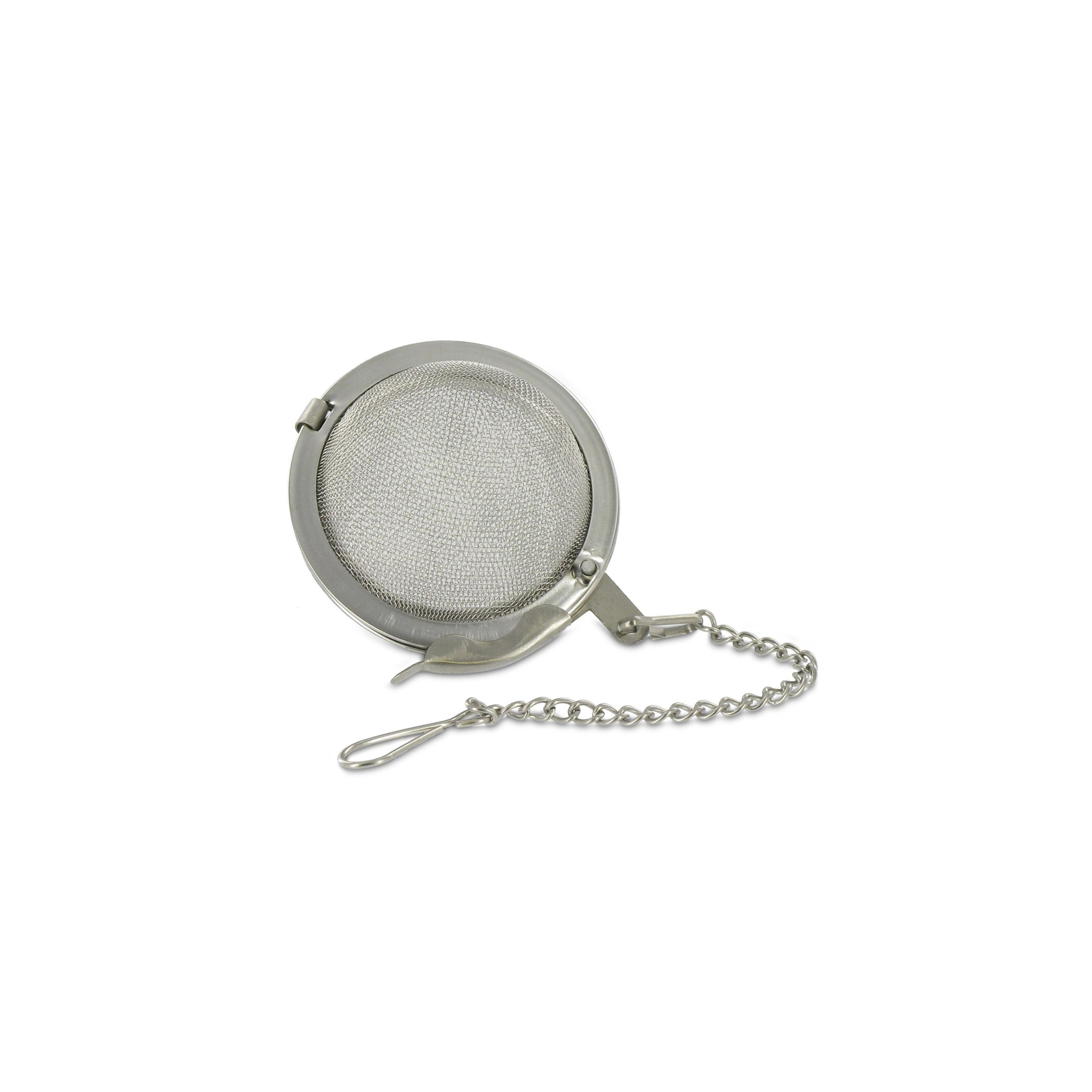
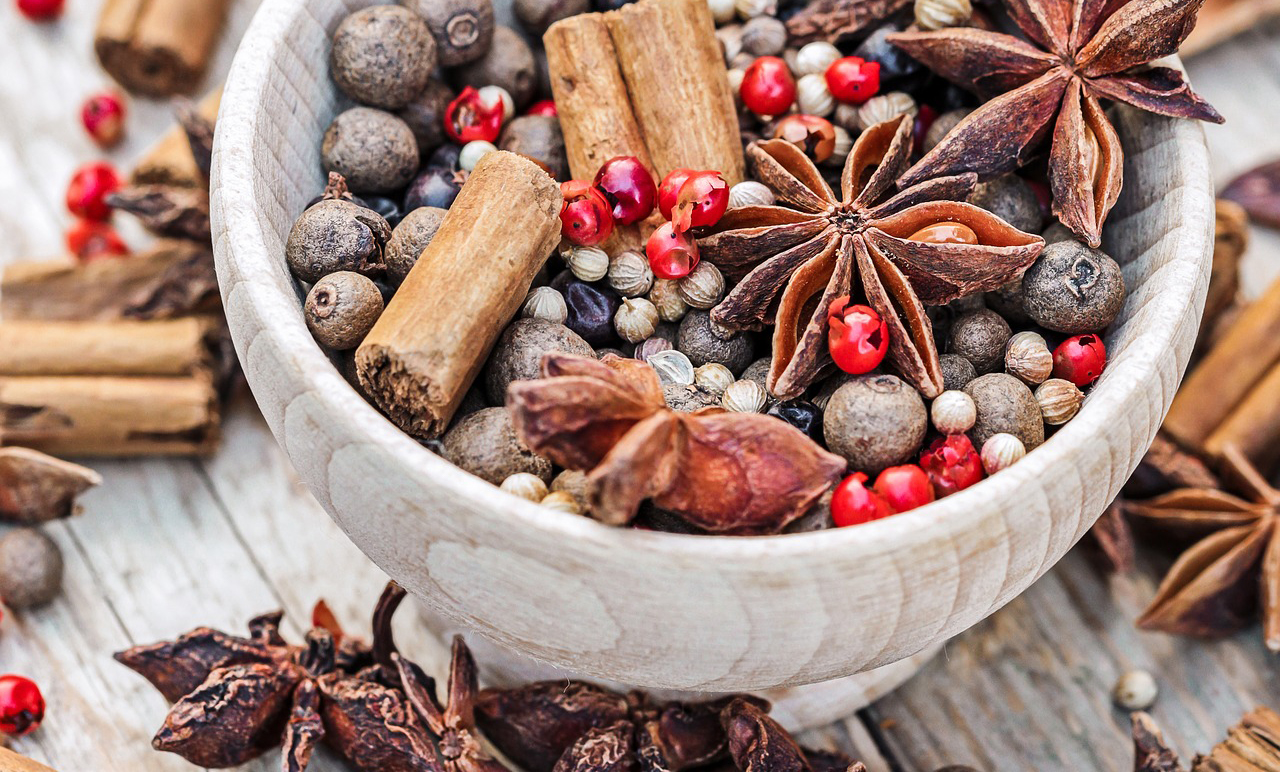







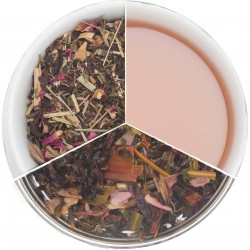

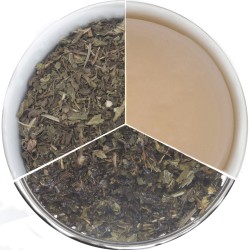

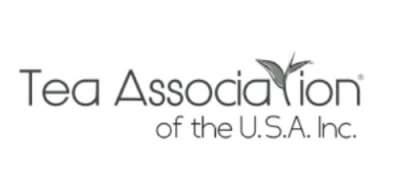



Leave a Comment